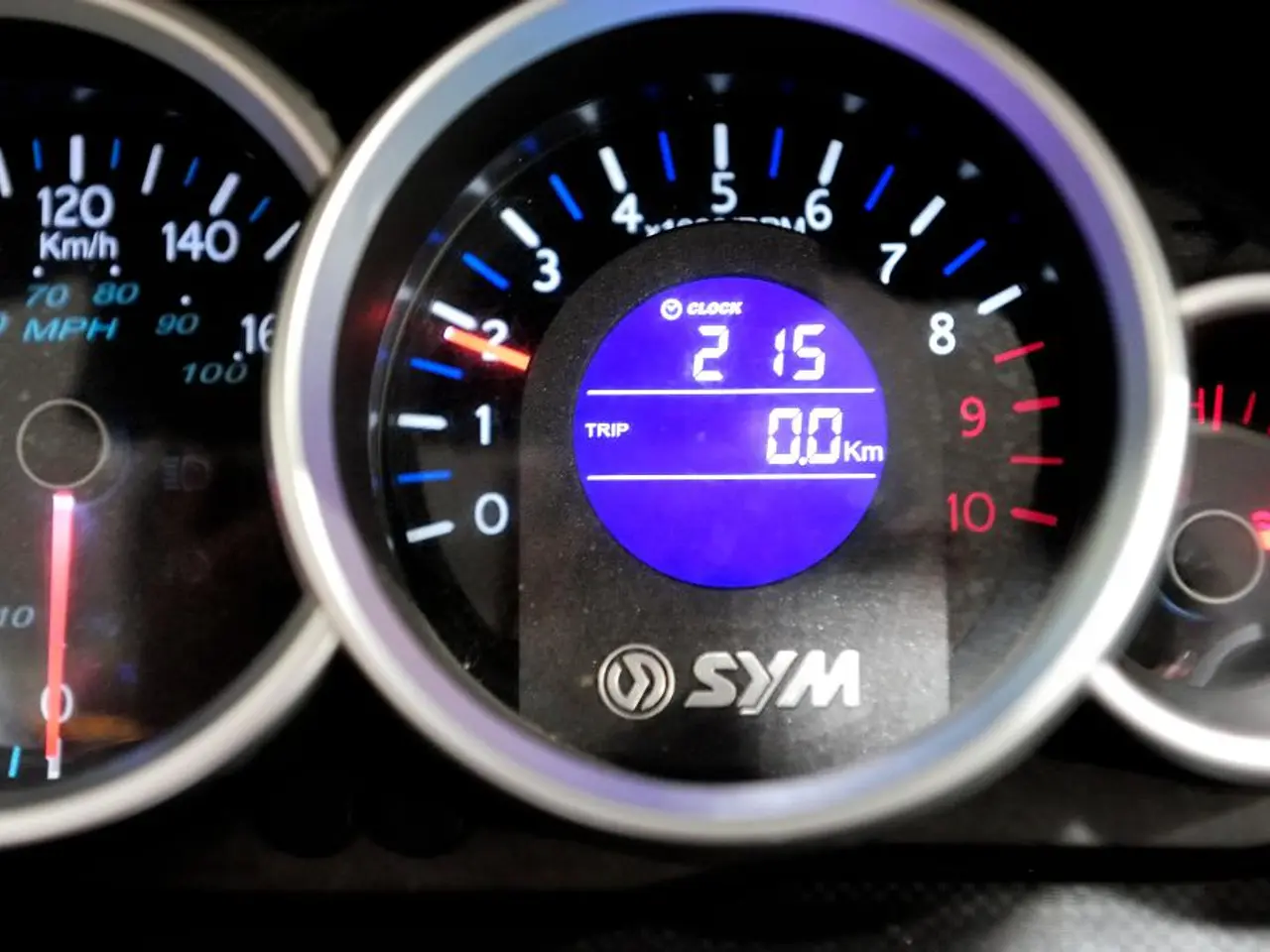Enabling and Disabling Fast Startup in Windows 10
In the ever-evolving world of technology, fast startup has become a common feature in modern Windows operating systems, including Windows 11. This feature, designed to shave seconds off of a PC's boot time, may have some implications for your system's performance and updates.
Enabling or Disabling Fast Startup
To manage fast startup on Windows 11, follow these steps:
- Open the Control Panel and navigate to Power Options.
- Click on Choose what the power buttons do on the left side.
- Click Change settings that are currently unavailable at the top.
- Under Shutdown settings, check or uncheck Turn on fast startup (recommended) to enable or disable it.
- Click Save changes.
- Restart your PC (not just shut down) to apply the changes.
Effects on PC Performance and System Updates
- Performance: Fast startup works by saving the system state to a hibernation file on shutdown, allowing Windows to boot faster. While it improves startup speed, it can sometimes cause issues with devices that do not shut down properly or with dual boot setups.
- System updates: Fast startup may interfere with some updates or system changes because it doesn't perform a full shutdown. Certain updates require a complete restart cycle that might be delayed or blocked if fast startup is enabled. Disabling it can ensure updates install properly and hardware initializes correctly.
- Potential problems: Some users report problems like Windows not shutting down fully, devices not initializing correctly after startup, or issues with airplane mode settings when fast startup is enabled. Disabling fast startup might resolve these.
In summary, fast startup can speed up boot time but may cause occasional hardware or update issues. If you encounter problems with shutting down, restarting, or installing updates, disabling fast startup is recommended. Otherwise, leaving it enabled helps with faster boot times.
Fast Startup in Windows 10
For those using Windows 10, the process to enable or disable fast startup is similar. Fast startup in Windows 10 saves the Windows kernel and drivers to a hibernation file, but unlike regular hibernation, the user session is not recorded. This results in a smaller hibernation file compared to regular hibernation.
Remember, fast startup is a tool designed to improve your PC's boot speed. By understanding its implications, you can make an informed decision about whether to enable or disable it based on your specific needs and circumstances.
[1] TechRadar. (2021). What is fast startup in Windows 11, and should you turn it off? https://www.techradar.com/news/what-is-fast-startup-in-windows-11-and-should-you-turn-it-off [3] Windows Central. (2021). How to enable or disable fast startup on Windows 11. https://www.windowscentral.com/how-enable-or-disable-fast-startup-windows-11 [4] How-To Geek. (2021). How to Disable Fast Startup in Windows 11. https://www.howtogeek.com/704065/how-to-disable-fast-startup-in-windows-11/ [5] Windows Report. (2020). How to Enable or Disable Fast Startup in Windows 10. https://www.windowscentral.com/how-enable-or-disable-fast-startup-windows-10
- Some users may prefer using an Xbox over a PC for gaming, as the console provides a dedicated platform without the need to manage hardware and software, such as Windows 10 or 11.
- In recent years, Microsoft has expanded beyond its traditional software realm, venturing into hardware manufacturing with products like the Surface series, Xbox consoles, and HoloLens.
- The 'Windows Update' feature in Windows 11 can potentially improve the performance of your PC by installing important security and feature updates.
- Enabling 'Fast Startup' on a PC running Windows 10 can help reduce the boot time, but it might interfere with certain updates and system changes that require a complete restart cycle.
- In the future, it would be intriguing to see Microsoft implement 'Fast Startup' technology in their Xbox consoles, potentially shortening load times for games and providing a quicker transition between sessions.




